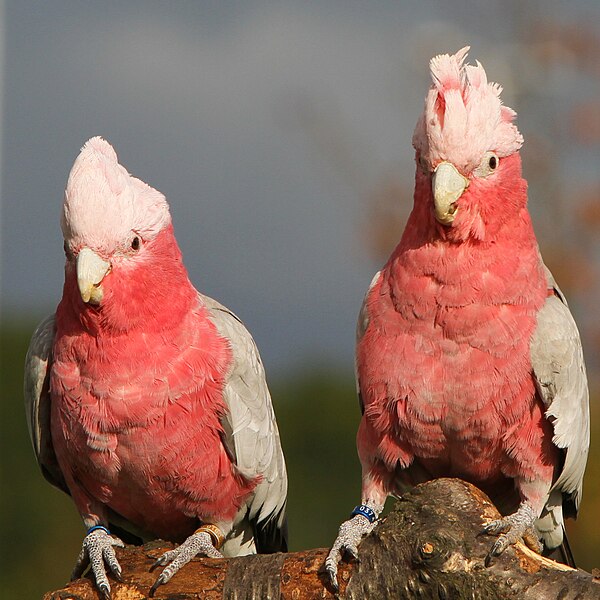Your bird’s weight can be an important indicator of its health. Unfortunately, however, it’s difficult to access weight by eye – feathers hide most of the useful signposts, and by puffing up or flattening its plumage a bird can give very different impressions of its size.
Gauging Your Bird’s Weight
With experience, it is possible to develop an “eye” for a bird’s weight – several older keepers I worked with at the Bronx Zoo were amazing in this regard – but a manual check is generally best. With your bird in hand, feel along each side of the keel, or breast bone. Even on the tiniest of finches, there should be a layer of muscle (in active, full-winged birds) or fat. You should not be able to easily feel each side of the keel (the outer edge of the keel, which runs along the breast, will not have a fat/muscle covering).
If you are concerned about your bird’s weight, periodic checks with a gram scale are advisable.
Typical Weights
I’ve listed below some average weights for various birds (in grams). Bear in mind that captive breeding has led to different strains of birds that vary widely in weight from what is “normal”. Also, the weights of many species differ from population to population. Budgerigars, for example, typically weigh between 25-70 grams, while Moluccan Cockatoos range from 650- 1,050 grams.
Zebra Finch 10-18 Grams
Canary 15-30
Pionus Parrots 200 (Blue-headed Pionus to 250)
Quaker Parrot 100-150
Crimson Rosella 130-160
Lovebird 50 (Peach-faced Lovebird to 85)
Red Lory 160-170
Rainbow Lorikeet 125-140
Sun Conure 100-130
Golden Conure 260-280
Goffin’s Cockatoo 230-400
Orange-winged Amazon 350-500
Reasons for Weight Gain
Cage Design, Exercise Options:
A small or poorly-designed cage leads to boredom, lack of exercise and increased weight. This is as true for finches as for parrots. Even when given ample out-of-cage time, birds with clipped wings tend to burn less calories than do their full-winged brethren.
Diet:
Many species are notoriously picky eaters, and tend to choose the worst diets possible. Sunflower seeds and mealworms, are common culprits. Low Fat Pellets are an excellent option; acceptance of these can be encouraged by using LaFeber NutriBerries which integrate pellets with tasty foods.
I consider Foraging Toys to be indispensible – by forcing the bird to work for its food, they stimulate both mind and body.
Fluid Accumulation:
Liver and heart problems can cause fluid to be retained and a consequent increase in weight.
Egg Binding/Retained Eggs:
Egg-bound females will usually seem in acute distress and cease feeding.
Tumors
Hepatic Lipidosis/Fatty Liver
Reasons for Weight Loss
Disease:
Many diseases depress appetite or the ability to digest food. In some cases (i.e. Avian TB), the afflicted bird may continue to feed but will lose weight none-the-less. Weight loss is typical of Aspergillosus, PDD, Psittacosis, Candida and many other ailments.
Poisoning:
Via airborne toxins (pesticides) or through chewing toxic materials or plants.
Digestive System Blockage:
From ingested wood chips, plastic, inappropriate grit; feces are usually retained.
Aggression from Cage Mates; Stressful Surroundings:
Check for aggression from a hidden vantage point; consider noise or lights at night as well.
Overgrown or Damaged Beak
External (mites) or Internal (roundworm) Parasites
Further Reading
Size and shape are useful earmarks for birders as well…check out this informative article from the Cornell Lab of Ornithology.
Please also see my other Bird Health Articles.
 That Bird Blog – Bird Care and History for Pet Birds
That Bird Blog – Bird Care and History for Pet Birds

